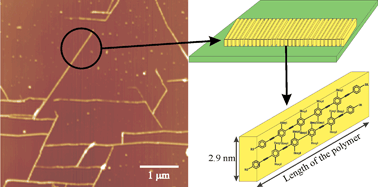Exploring supramolecular interactions and architectures by scanning force microscopies
Abstract
The development of new methodologies based on scanning force microscopy (SFM) has made it possible to map topographies, chemical functionalities, and numerous other physicochemical properties of complex assemblies, to unravel dynamic processes, to measure forces generated along a reaction coordinate, to nanopattern surfaces and to nanomanipulate objects. This tutorial review highlights the most recent applications of these SFM-based capabilities, on and beyond imaging, to the exploration of supramolecular interactions and architectures, to the fabrication of smart materials and to the optimization of (nano)devices.


 Please wait while we load your content...
Please wait while we load your content...